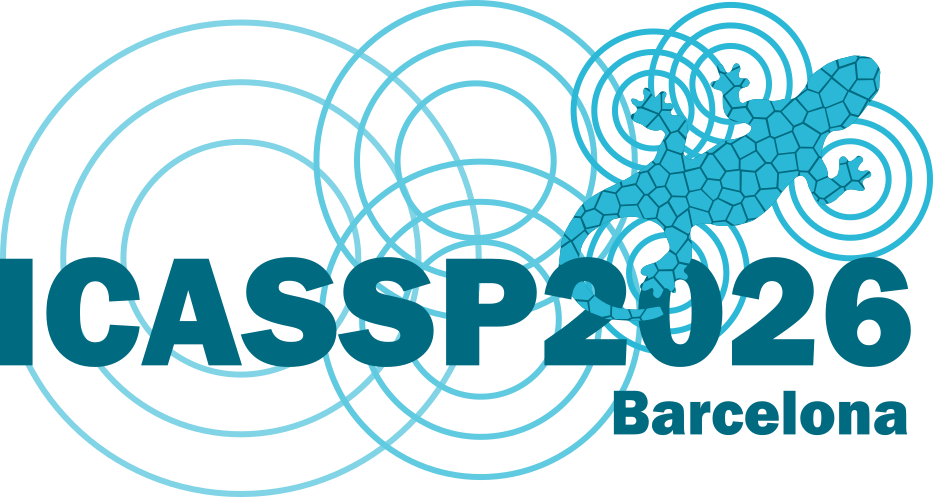Challenges
- GC-1: EEG Auditory Attention Decoding (EEG-AAD)
- GC-2: Automatic Song Aesthetics Evaluation
- GC-3: Predicting Lyric Intelligibility (CADENZA)
- GC-4: Speech Analysis for Neurodegenerative Diseases (SAND)
- GC-5: Environmental Sound Deepfake Detection (ESDD)
- GC-6: Face-Voice Association in Multilingual Environments (FAME)
- GC-7: Reconstructing Hyperspectral Cubes of Everyday Objects from Low-Cost Inputs (Hyper-Object)
- GC-8: Multimodal Learning for 6G Wireless Communications (CONVERGE)
- GC-9: Towards Human-like Spoken Dialogue Systems (HumDial)
- GC-10: Inaugural Music Source Restoration (MSR)
- GC-11: Radar Acoustic Speech Enhancement (RASE)
- GC-12: x-to-audio alignment (XACLE)
- GC-13: Universality, Robustness, and Generalizability for EnhancemeNT (URGENT)
- GC-14: In-the-wild generation and detection of spoofed speech (WildSpoof)

